Fish trap research during the spring and early-summer seasons is now complete in the lower Columbia River, and preliminary results are in for survival of sockeye salmon from WFC’s new passive trap design.
Earlier this year, WFC modified the experimental fish trap in the Cathlamet Channel of the lower Columbia River, engineering a fully passive spiller design that could potentially eliminate all air exposure, handling, entanglement, and crowding of fishes during the commercial capture process. Funded by NOAA’s prestigious National Bycatch Reduction Engineering Program, WFC staff tagged sockeye salmon captured with the modified trap from May through July and tracked fish migrations upriver past the Columbia River’s mainstem dams. Detections of fish captured and released from the trap were compared to that of a control group of fish to estimate relative survival over a 400 km migration (similar to techniques employed by the Washington Department of Fish and Wildlife for other alternative gear studies).

After tagging nearly 850 sockeye salmon over the spring and early-summer seasons and tracking their detections upriver, preliminary results appear incredibly promising for WFC’s recent engineering advancements. As hypothesized, the treatment group of sockeye salmon that was exposed to the new commercial capture process—in which fish were passively captured one-by-one without air exposure, handling, and entanglement—experienced no detectable release mortality effect.
In other words, WFC’s new passive capture technique resulted in 100% relative survival of sockeye salmon bycatch to McNary Dam (Relative Survival = 1.011, SE = 0.033).
This result is a massive achievement, exceeding the performance of all gears developed for the harvest of salmon and improving upon already impressive bycatch survival results from WFC’s old spiller design (recently peer-reviewed and published in the journal of Fisheries).
Given the success of this proof-of-concept trap design, WFC is now planning to expand its efforts to engineer fully passive fish traps into the future. Implementation of in-river commercial gears that eliminate mortality of bycatch may prove instrumental to recovery of wild salmonids, endangered Southern Resident killer whales, and coastal fisheries of the Pacific Northwest.
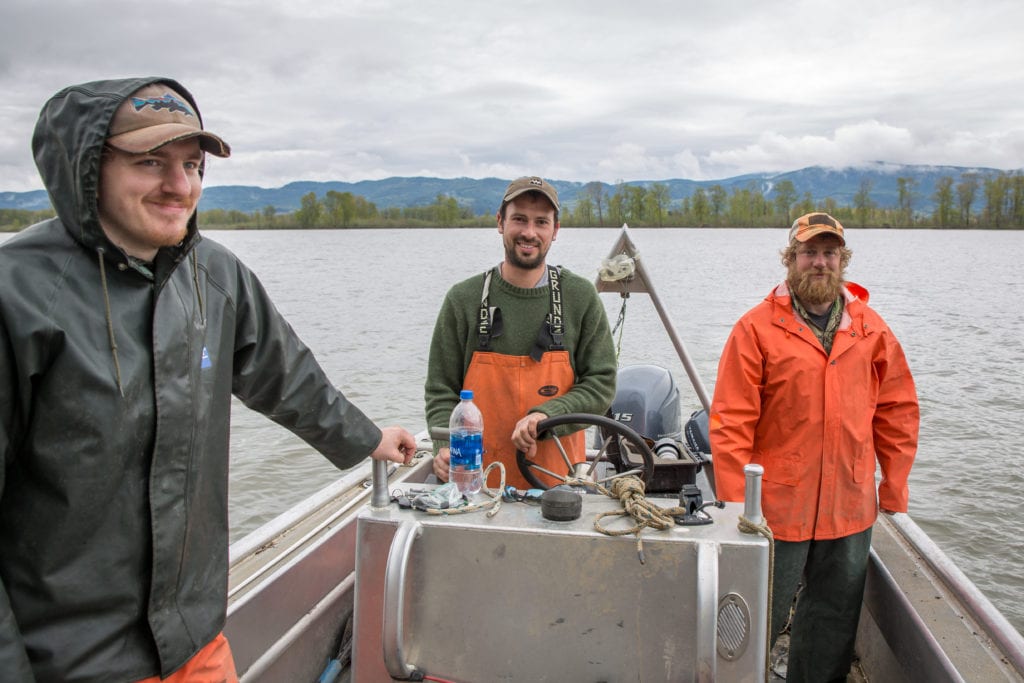
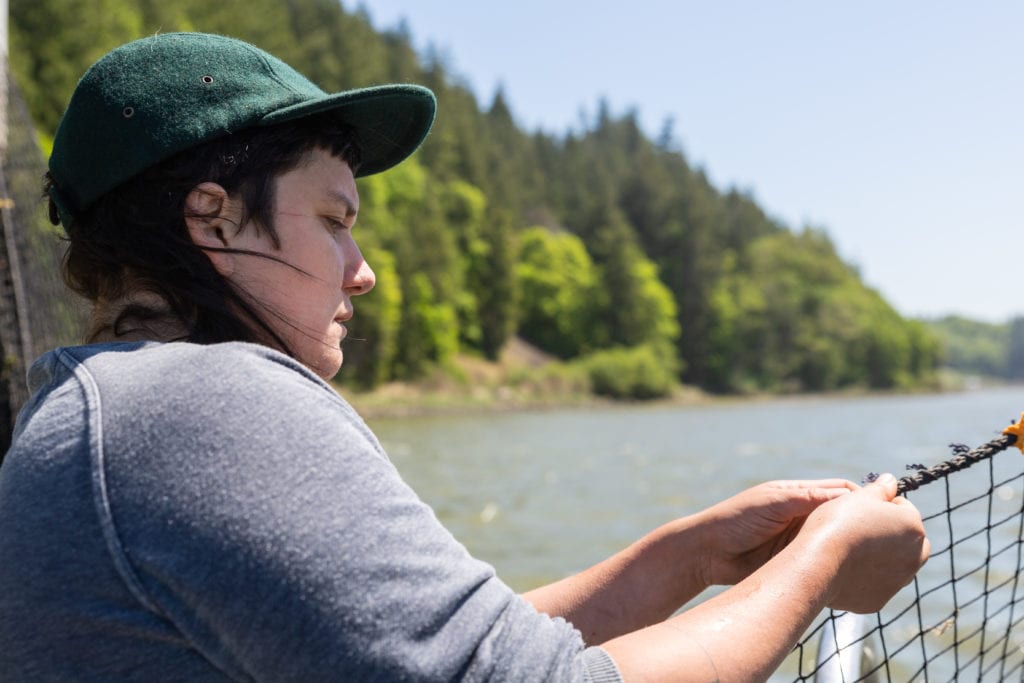
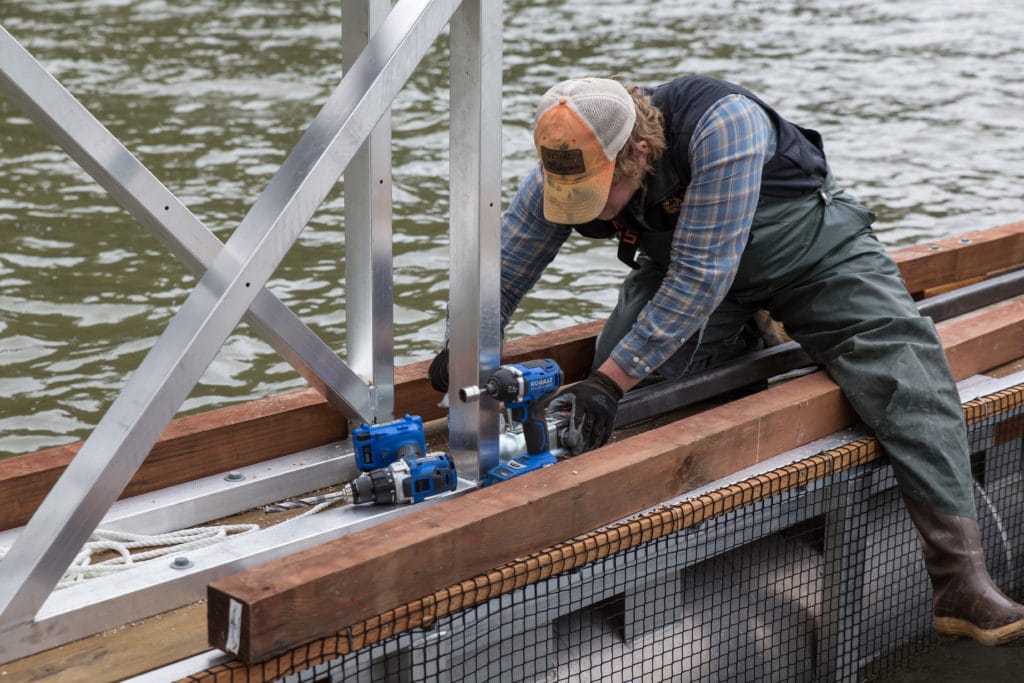
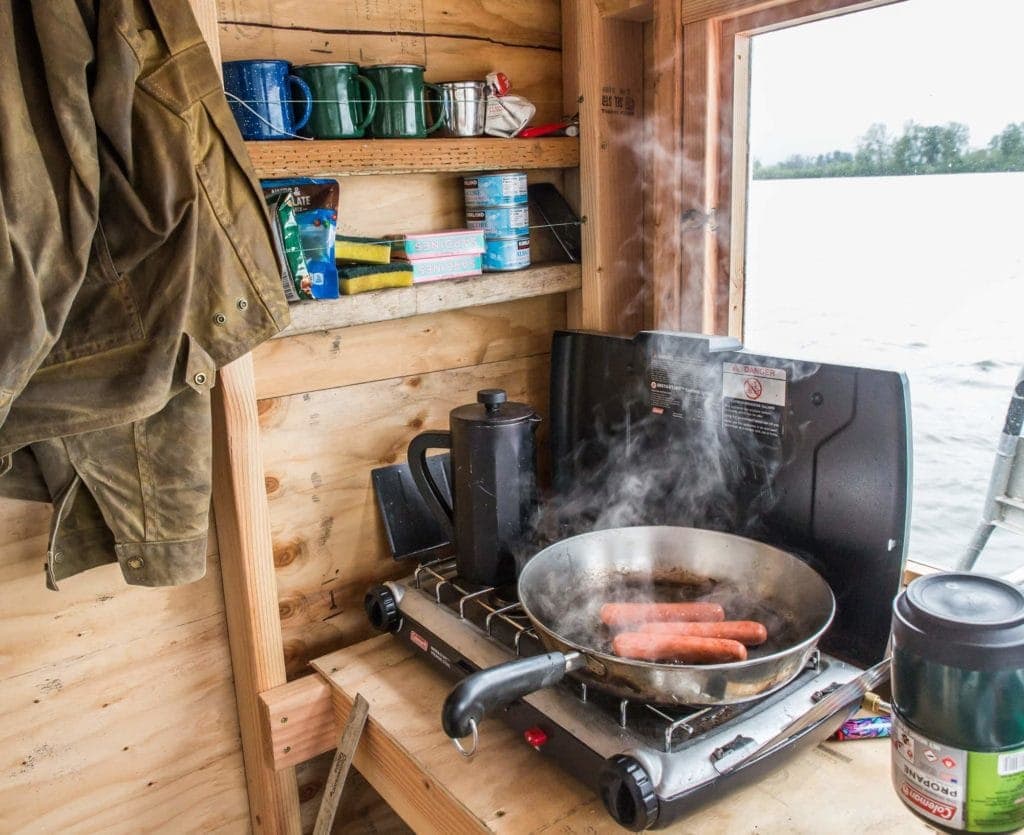
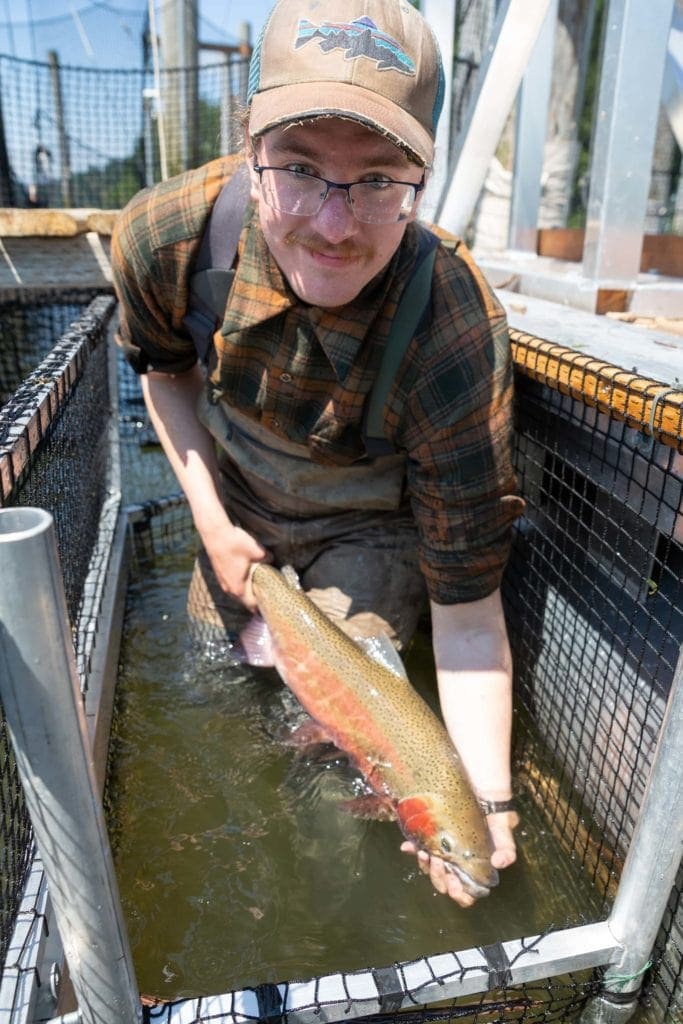
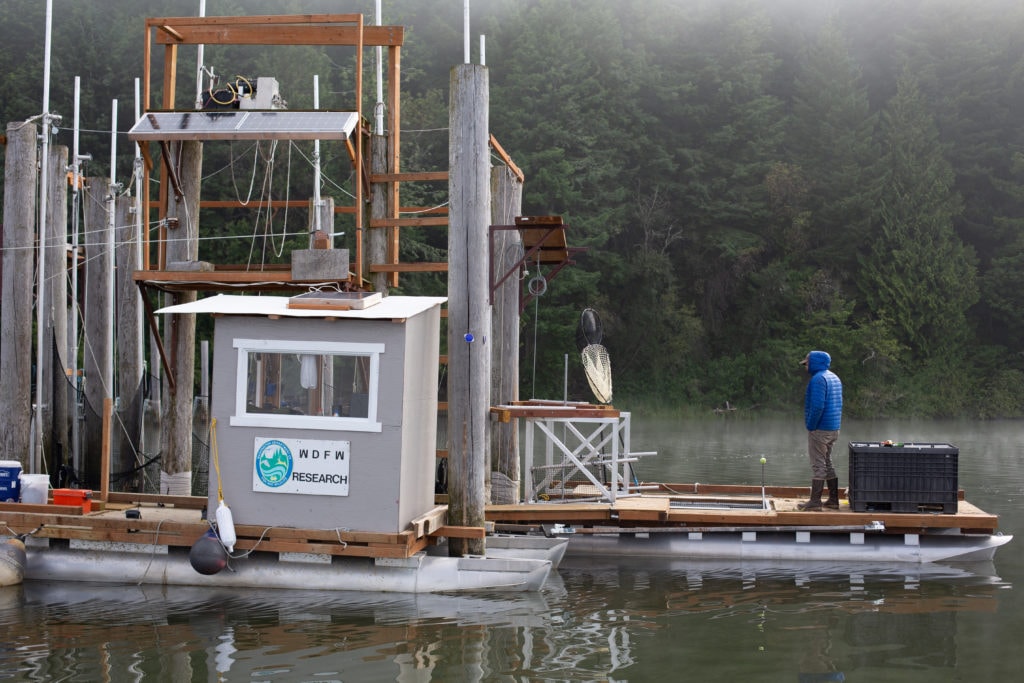
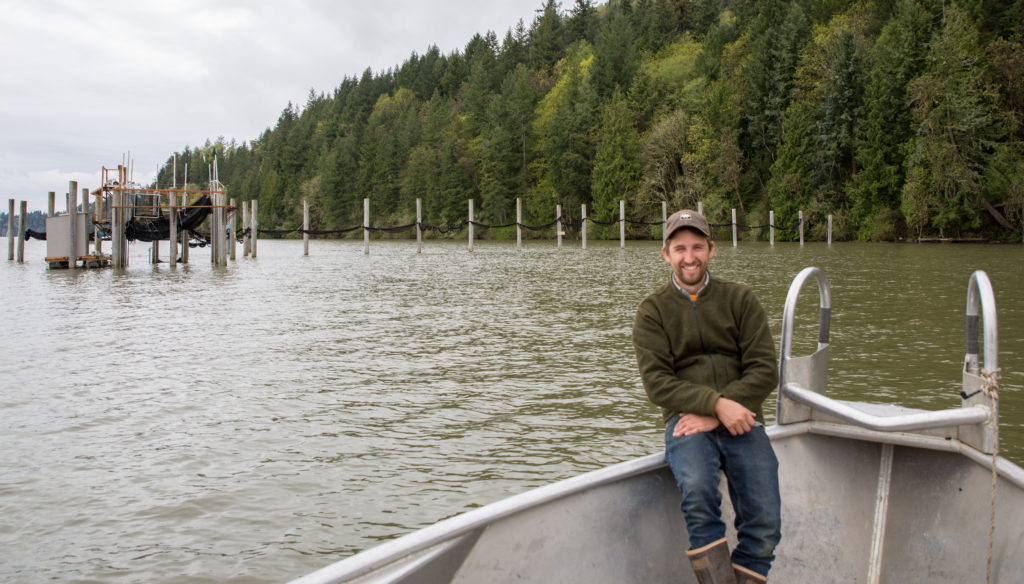
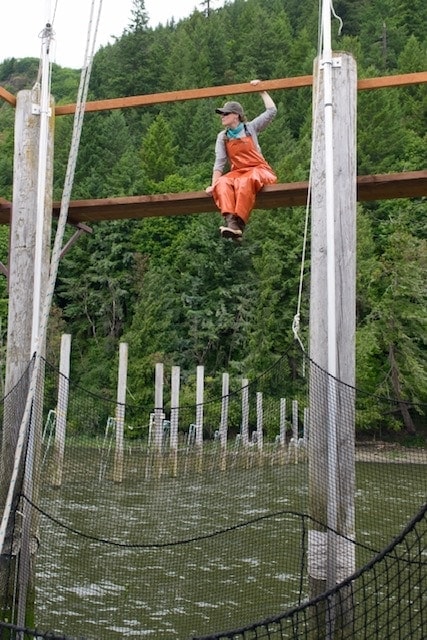
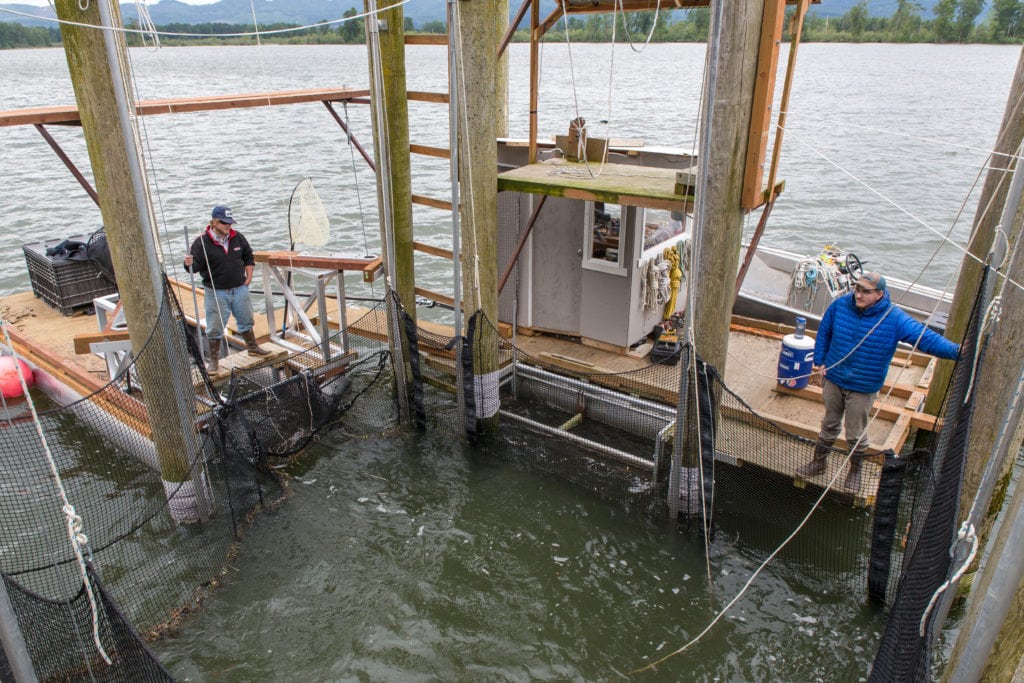
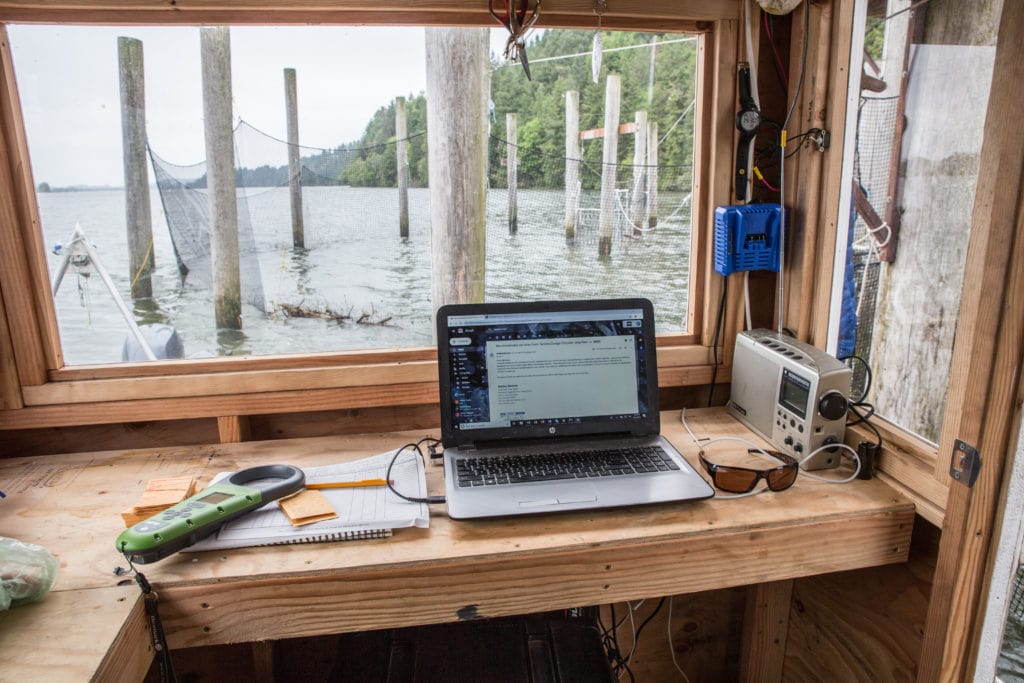
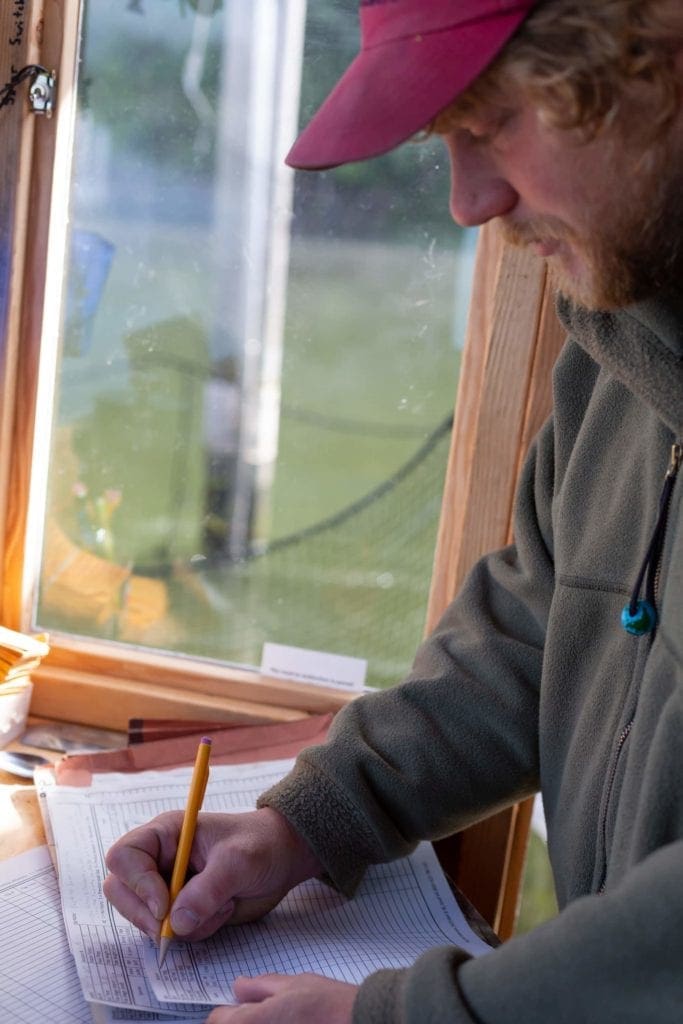
Join our mailing list to recieve important updates on our work, the latest wild fish news, & opportunities to take action to support wild fish.
This site is protected by reCAPTCHA and the Google Privacy Policy and Terms of Service apply.
Wild Fish Conservancy is recognized as a 501(c)3 non-profit by the IRS